- Nvidia CEO Jensen Huang struck up a relationship with SoundHound AI founder Keyvan Mohajer nearly a decade ago—one that included Sunday morning research exchanges and hands-on inspiration. The bond helped shape Mohajer’s journey from a Stanford dorm room idea into an AI voice technology company worth $5.4 billion. Along the way, Mojajer has drawn leadership inspiration not just from Huang, but also from Charlie Chaplin’s timeless creativity.
One random encounter can change the course of an entire business career—and for SoundHound AI cofounder Keyvan Mohajer, that came when he met Nvidia CEO Jensen Huang around 10 years ago.
“It’s been one of the good things in my life to cross paths with Jensen and Nvidia,” Mohajer told Fortune, recalling that the two became acquainted because Huang “had a passion for what’s the next big thing, and he became very interested in our field.”
That “thing,” was SoundHound AI—an AI voice communication company that first began in 2004 in his Stanford University dorm room.
And the unlikely encounter set the stage for a decade-long relationship that resulted in leadership inspiration and even a bit of homework for Mohajer on some weekends.
On a Sunday morning, specifically, Huang would send Mohajer research papers with notes. “I had to read it and give my feedback,” Mohajer recalled.
This always-on mentality is something that’s unsurprising coming from Huang; after all, he’s admitted he is someone who works seven days of the week and even finds it hard to not think about work. But Huang’s hands-on nature, of all-in on business—even on weekends—became a source of inspiration for Mohajer.
In the end, their exchanges impressed Huang and even contributed to the company’s success.
SoundHound IPO’d in 2022, and by the end of 2023, Nvidia became an investor, purchasing about 1.73 million shares in Mohajer’s company. Its market cap has since soared to about $5.4 billion at time of publication.
“He’s an amazing person, engineer and leader,” Mohajer said warmly about Huang. “Our relationship with him has been great.”
Work-life balance is no problem, when you find your passion
Growing an idea into a multi-billion-dollar company has been no easy feat for anyone, but Mohajer said it has been made easier by the fact he’s found what he loves doing—and it’s allowed him to blur the lines between work-life balance.
In fact, Mohajer starts his day before the crack of dawn, usually before 5 a.m., a time that he called his “golden hours” when no one else is awake to reply to his messages.
“Work-life balance is not a problem because I really enjoy it,” he said. “If you work to live, then work-life balance is a big question… but in my case, I really enjoy my work, so it’s not a problem.”
And even when he escapes to spend time with his family, his passion for his work still creeps back in—but instead of being mad about it, he embraces it.
“I do spend a lot of hours working. And even sometimes I go wash dishes and I’m still thinking about my work,” Mohajer said. “That can be therapeutic, and it can give you really good ideas. Sometimes I go exercise, and when I’m on a run, I come up with great ideas or solve new problems.”
Mohajer’s leadership inspirations: Jensen Huang—and Charlie Chaplin
On top of learning about being hands-on from Huang, Mohajer said he’s been inspired by one of his favorite films, Modern Times—which was released in 1936.
“What really inspired me was that Charlie Chaplin, he directed it, he produced it, he was the main actor, he wrote the story, and he made the music,” Mohajer said to Fortune. “And it’s just an example of something being so hands on—and they’re all amazing. The music is amazing, the storyline is amazing, the acting is amazing.”
Mohajer said he wanted to emulate Chaplin in his own company: understanding technology, business, fundraising, recruitment, and more.
“When it’s for the first time I’m doing it, I know that I’m not experienced, and then I learn, and I become good at it, and I expand my horizon,” Mohajer said. “And I just saw that in him, and he was just so fluent at it and that was an inspiration.”
This story was originally featured on Fortune.com

 3 hours ago
1
3 hours ago
1
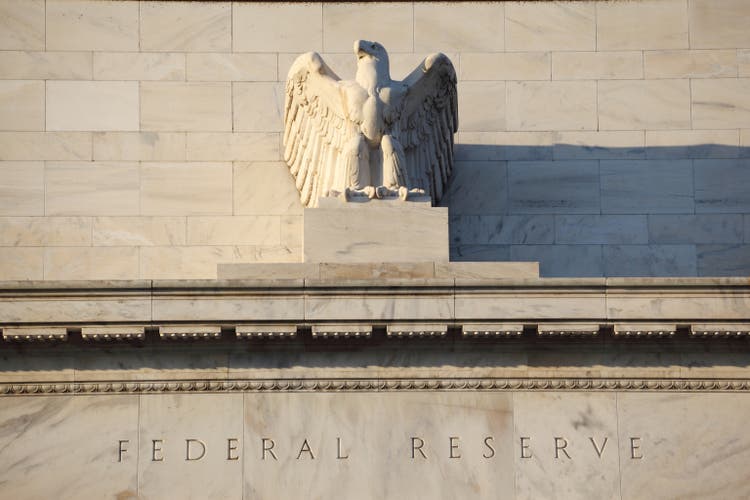
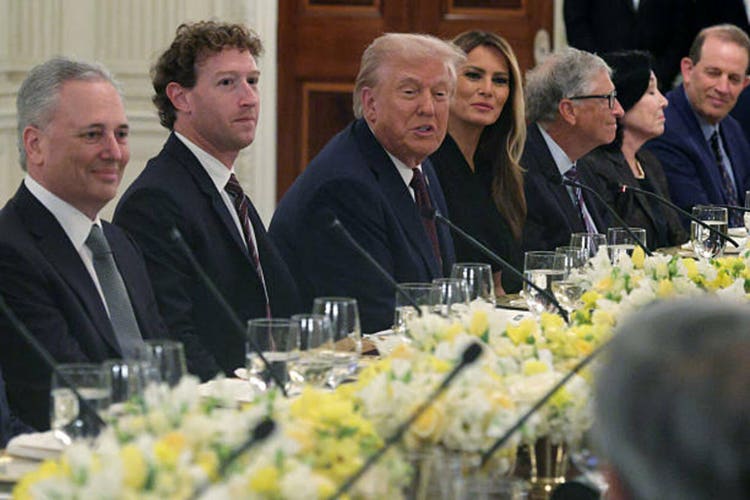





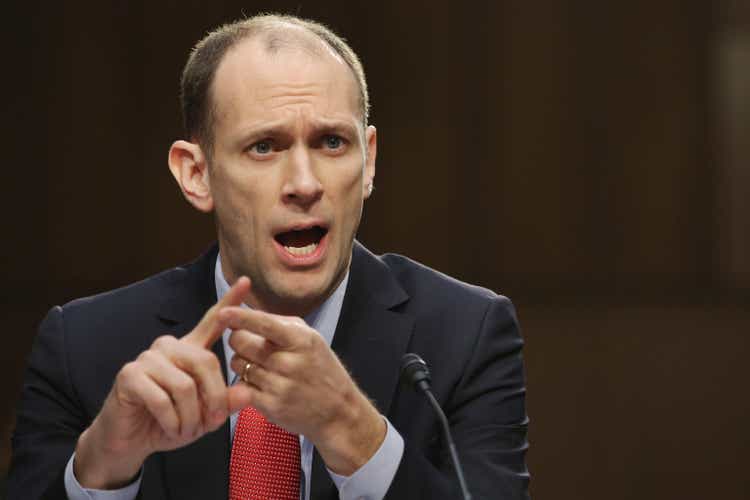





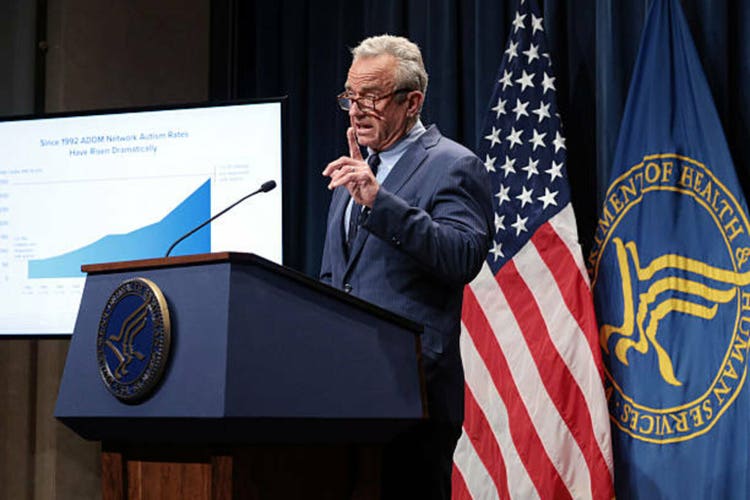

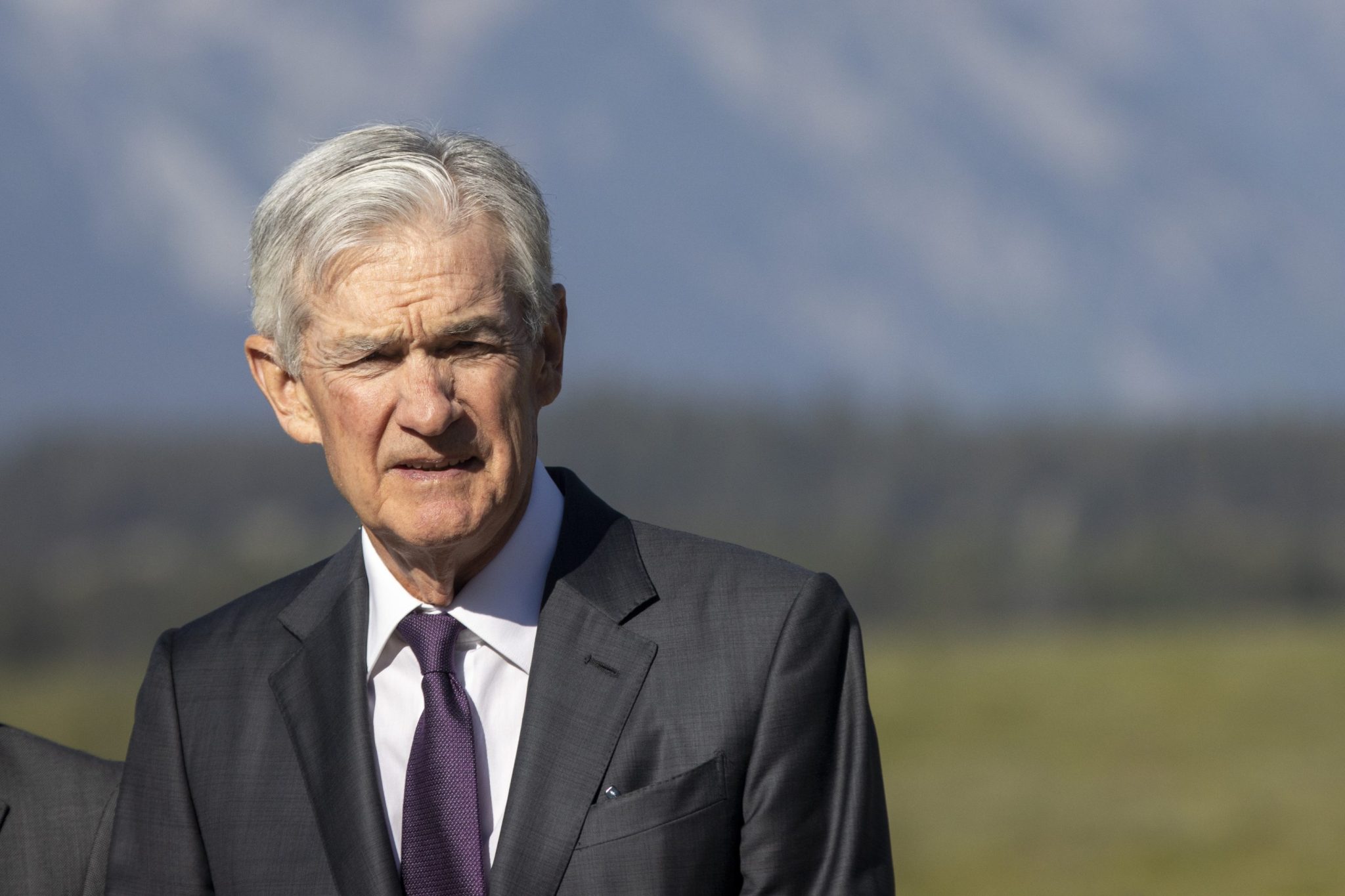
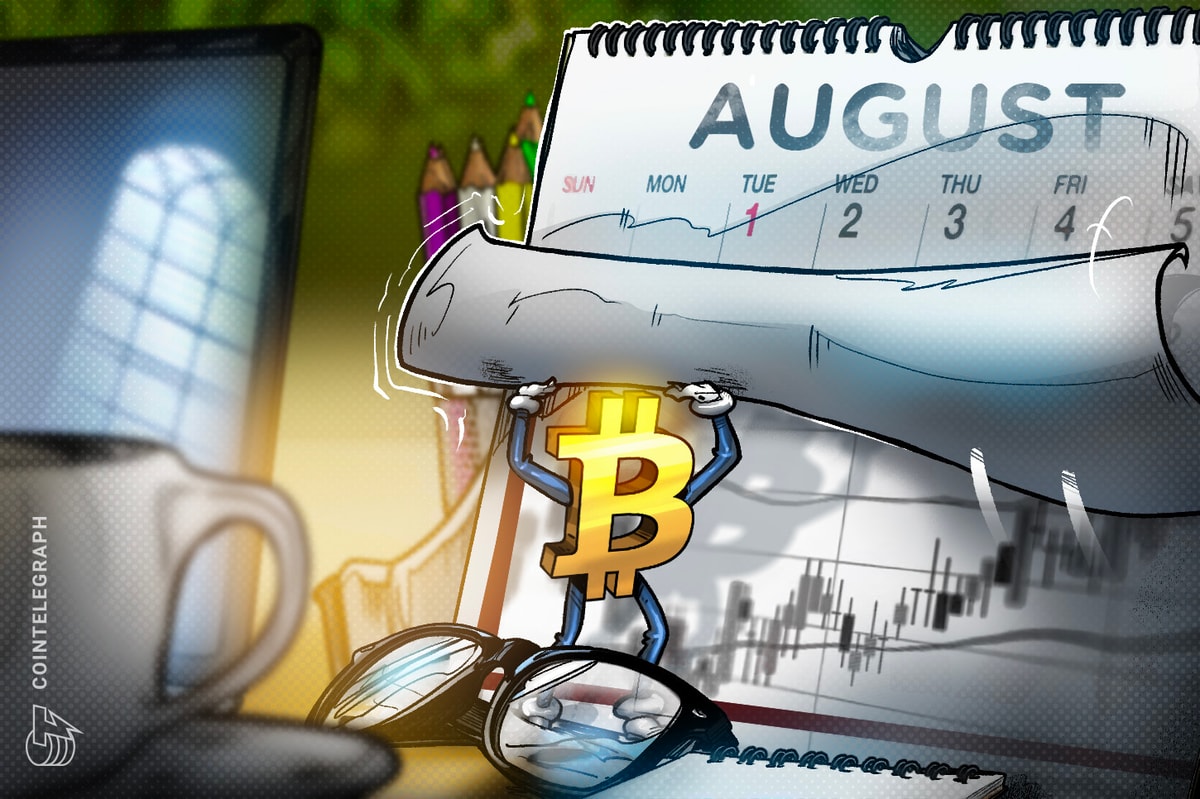

 English (US) ·
English (US) ·